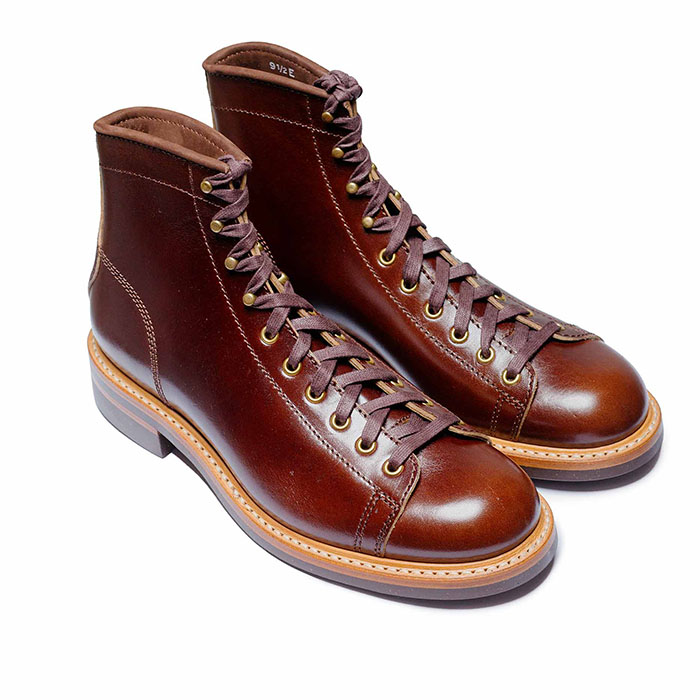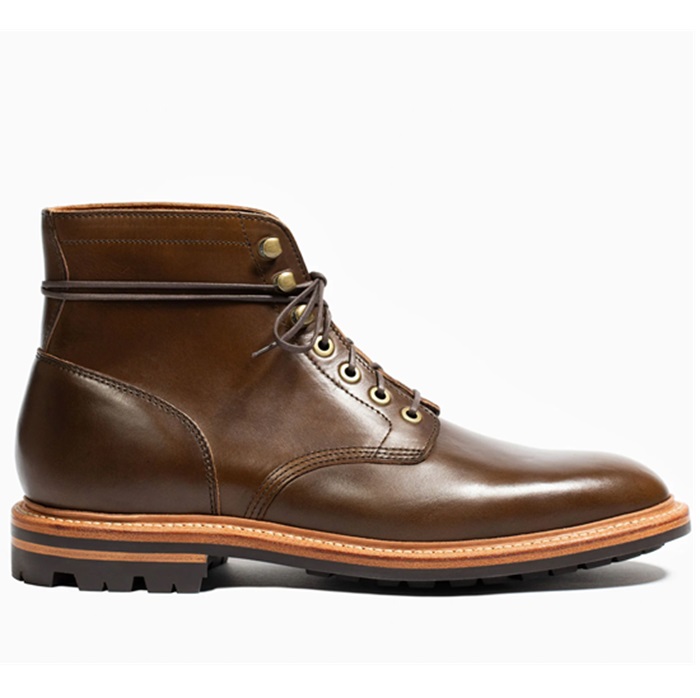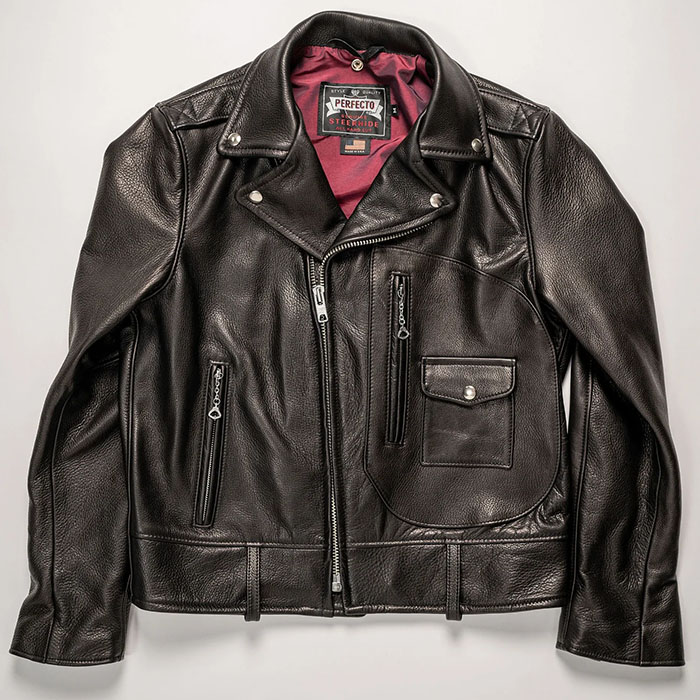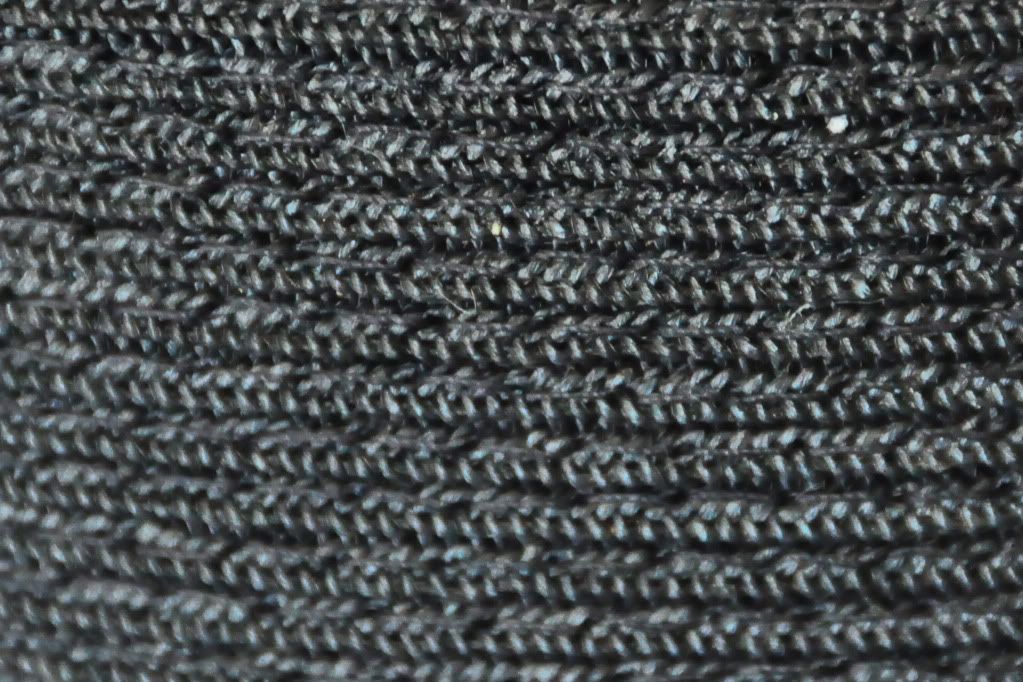daizawaguy
Call Me a Cab
- Messages
- 2,661
- Location
- Tokyo
The arrival of my latest VS had me searching the web for the history of braided straw as a material in the contruction of hats.
http://www.archive.org/stream/strawhatstheirhi00inwauoft/strawhatstheirhi00inwauoft_djvu.txt
I came across this fascinating article, which was written in the 1920`s and makes the following points:
* Hats of vegetable materials goes back possibly longer than animal materials
* The manipulation of vegatable fibers was possibly the earliest textile operation
* The emergence of Italian straw hats for both men and women in the 1500`s
*The English braiding industry around the 1800`s
* The emergence of the Chinese and Japanese straws
* The introduction of the machine in the 1870`s
* Methods of straw braiding
* The development of different types of patters, and hence terms - Bankoks. Manillas, paper panams etc
* "Probably the first machine-made braid (soon adopted
and classified as " straw ") was that known as " crino-
line." This has as its basis horsehair, and is made both
of hair alone and of hair mixed with many other fibres.
The plain braid can be composed of odd numbers of
strands of horsehair from five upwards, in series of
numbers divisible by four, plus one ; thus 17 ends, 21
ends, 25 ends, and so on ; the finest used in the trade
is 17 ends, which is about | of an inch in width, but
21 and 25 ends are the most in request for making the
Crinoline hat so well known in the most fashionable
quarters"
* Dyeing, bleaching and blocking techniques
http://www.archive.org/stream/strawhatstheirhi00inwauoft/strawhatstheirhi00inwauoft_djvu.txt
I came across this fascinating article, which was written in the 1920`s and makes the following points:
* Hats of vegetable materials goes back possibly longer than animal materials
* The manipulation of vegatable fibers was possibly the earliest textile operation
* The emergence of Italian straw hats for both men and women in the 1500`s
*The English braiding industry around the 1800`s
* The emergence of the Chinese and Japanese straws
* The introduction of the machine in the 1870`s
* Methods of straw braiding
* The development of different types of patters, and hence terms - Bankoks. Manillas, paper panams etc
* "Probably the first machine-made braid (soon adopted
and classified as " straw ") was that known as " crino-
line." This has as its basis horsehair, and is made both
of hair alone and of hair mixed with many other fibres.
The plain braid can be composed of odd numbers of
strands of horsehair from five upwards, in series of
numbers divisible by four, plus one ; thus 17 ends, 21
ends, 25 ends, and so on ; the finest used in the trade
is 17 ends, which is about | of an inch in width, but
21 and 25 ends are the most in request for making the
Crinoline hat so well known in the most fashionable
quarters"
* Dyeing, bleaching and blocking techniques



